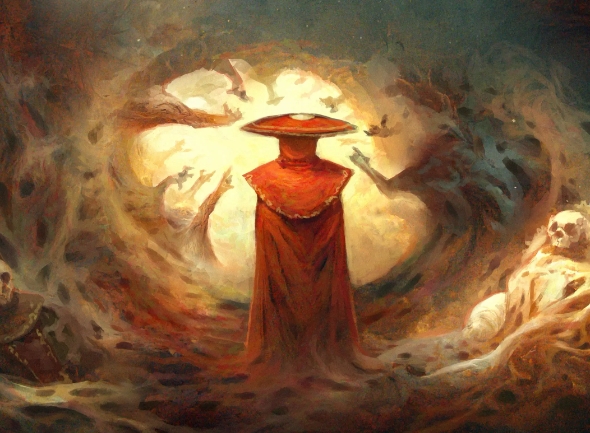AI Paintings: The Intersection of Technology and Art
In recent years, artificial intelligence (AI) has made significant strides in creativity, particularly in the realm of visual arts. AI-generated paintings are not just a technological marvel; they are transforming how we perceive art, push creative boundaries, and even challenge traditional notions of the artist. As we delve deeper into this captivating subject, we can appreciate both the potential and the implications of AI in the art world.
Understanding AI Creativity
AI creativity is an intriguing concept that involves machines being programmed to generate unique artworks. Using algorithms and vast datasets of existing art, AI can analyze styles, color palettes, and techniques to produce paintings that reflect various influences. These algorithms, such as GANs (Generative Adversarial Networks), enable AI systems to create pieces that are often indistinguishable from those made by human artists. This technology is opening new avenues for artistic expression and even presents an opportunity for collaboration between AI and human creators. As art continues to evolve, the idea of collaborating with a machine might become a common practice.
The Role of AI in the Art Market
The rise of AI-generated art is reshaping the art market in several exciting ways. Galleries, collectors, and even auction houses are beginning to recognize the value of these digital creations. Some AI artworks have sold for staggering amounts, garnering attention from both enthusiasts and critics alike. This shift raises essential questions about the authenticity and ownership of digital art since the creator is not a single individual but rather a complex algorithm. As more artists embrace AI as a tool rather than a competitor, the art market may evolve to include a new category dedicated to machine-generated works, broadening the definition of what art can be.
Ethical Considerations and Future Implications
With the rise of AI paintings come ethical considerations that deserve attention. Issues around copyright, artistic intent, and the definition of creativity are at the forefront of discussions about AI art. If an AI produces a painting that resembles the style of an established artist, who holds the rights to that artwork? Additionally, as AI continues to develop, there is a concern about devaluing human creativity. While AI can enhance the creative process, it is essential to remember the irreplaceable value of human emotion and experience in art. As we navigate this intriguing landscape, promoting dialogue about these ethical dilemmas will be crucial to ensuring AI’s positive impact on the art world.
Conclusion: The Future of AI Art
As we explore the fascinating realm of AI paintings, it becomes clear that this technology is just beginning to reshape our artistic landscape. Whether you’re an artist looking to experiment or a collector seeking something unique, AI-generated art offers exciting new possibilities. Dive deeper into this world of creativity and innovation, and discover how AI can enhance your experience, spark your imagination, and transform your already-existing understanding of art. Embrace the journey, and who knows? You might find inspiration in collaborating with the machines of the future!

